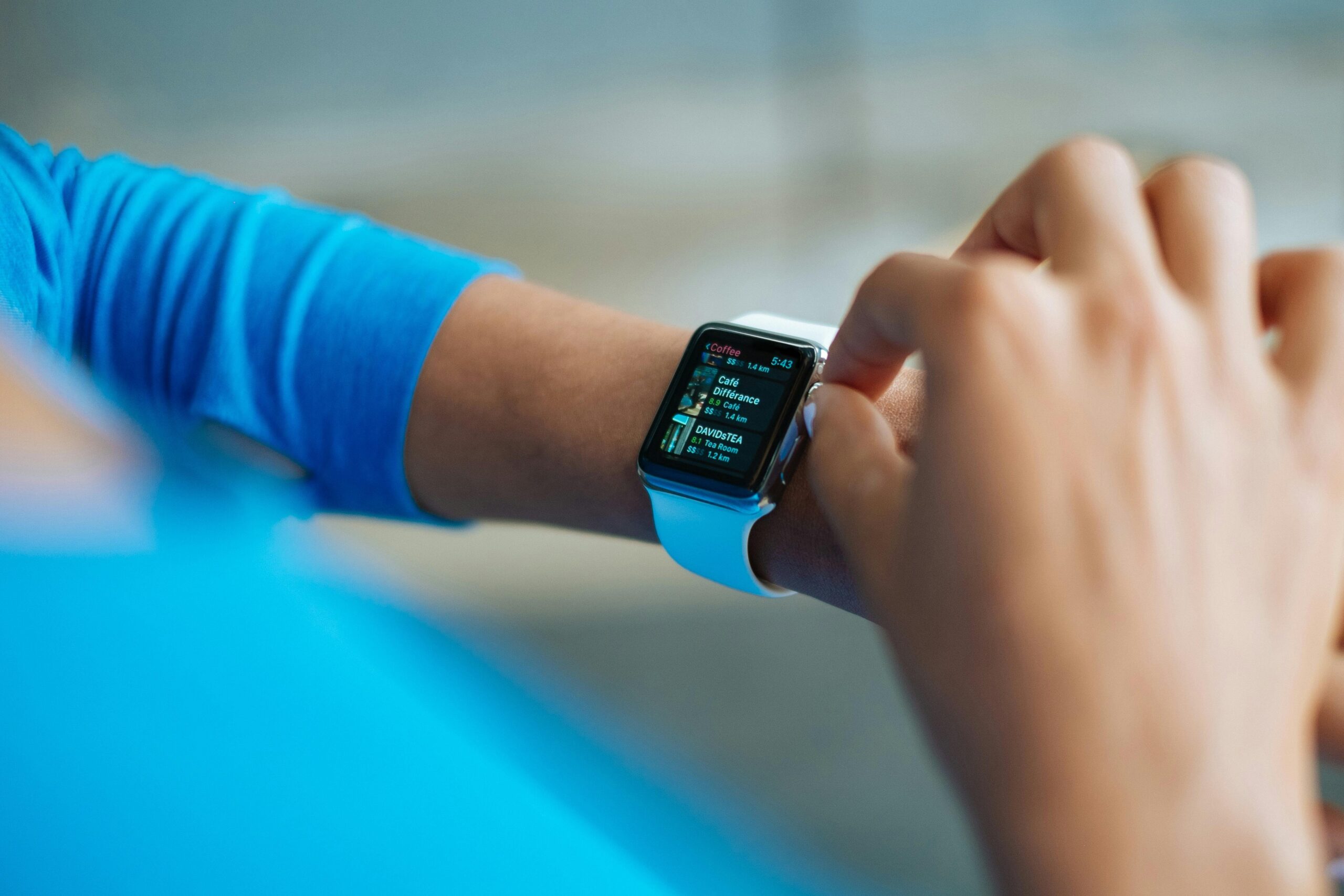Discover how pharma wearables are reshaping chronic condition health tech
The Wristwatch That Saved a Life—and Might Save Millions
Imagine: You’re sipping your morning coffee, checking your heart rate on your smartwatch, when suddenly it buzzes. No, it’s not a text. It’s a warning—your heart rhythm looks off. You visit the doctor, and boom—early detection of atrial fibrillation.
Welcome to the dazzling, data-packed world of pharma wearables.
Gone are the days when “wearables” meant a pedometer your uncle clipped to his sock. Today, we’re talking about devices so smart, they practically deserve a PhD in chronic condition health tech.
From Fancy Fitness to Functional Pharma
Originally, wearables were the domain of fitness buffs chasing step counts. But somewhere between “10,000 steps” and “weekly workout streak,” pharma said, “Hold my glucometer.”
Take diabetes, for example. Continuous Glucose Monitors (CGMs) like the Freestyle Libre or Dexcom G7—yes, both available on Amazon—let users track blood sugar without pricking their fingers 87 times a week. Instead, a sleek sensor patches onto the skin, silently collecting data like an undercover health agent.
Even better? These devices now integrate with smartphones and insulin pumps, making them less like medical gear and more like mission control for your pancreas.
Chronic Conditions, Meet Your High-Tech Match
Let’s face it—chronic conditions are clingy. Whether it’s hypertension, COPD, asthma, or even Parkinson’s, these conditions tend to stick around. Luckily, wearables are becoming the annoying friend who just won’t leave them alone.
Take Omron’s HeartGuide—a blood pressure monitor disguised as a smartwatch. It’s FDA-cleared, wildly accurate, and available on Amazon. Now, patients can check their BP at the bus stop instead of a sterile clinic.
Or consider Zikto Walk, a posture-correcting wearable. It’s a game-changer for people with spinal issues or early-stage Parkinson’s. It buzzes gently when you slouch, like your mom, but less judgmental.
Real Life, Real People, Real Impact
Let’s talk about Rajesh, a 62-year-old retired teacher in Bengaluru. Diagnosed with chronic heart failure, he now wears a Withings ScanWatch—a hybrid smartwatch that tracks oxygen levels, sleep apnea, ECG, and heart rate. “I sleep better knowing my watch is basically stalking my heart,” he jokes.
Then there’s Leena, a 29-year-old techie with asthma. Her Propeller Health sensor attaches to her inhaler and sends usage data to her phone. She gets reminders, environmental alerts, and even reports she can send to her pulmonologist.
Best part? It’s Bluetooth-enabled and fits right into her wellness-meets-Instagram lifestyle.
Pharma + Big Data = Big Deal
Behind every beep and buzz is a data goldmine. Pharma companies are licking their metaphorical lips. The treasure trove from wearables helps them personalize therapies, predict flares, and—gasp—develop better drugs.
Companies like Pfizer and Novartis are already partnering with wearable startups to track patient adherence, collect real-world data, and even run decentralized clinical trials.
Oh, and did we mention Amazon itself is in the game? With its Halo View band and ever-expanding Alexa health integrations, it’s not just delivering diapers—it’s delivering diagnostics.
FDA, Say Hello to Fashion
One might think wearables must look like cyborg gear to be effective. Wrong.
Enter smart socks by Siren, designed for diabetics to detect temperature changes and prevent foot ulcers. They’re machine washable, app-connected, and, yes, available on Amazon. Or the Oura Ring, which tracks temperature, HRV, and sleep with more grace than your last Apple Watch.
Function meets fashion, and patients no longer have to choose between health and haute couture.
So, What’s Next?
1. Smart Skin Patches:
Think nicotine patches, but instead of cravings, they manage medication delivery and collect vitals. Products like BioIntelliSense BioSticker are already testing the waters.
2. AI-Driven Predictive Alerts:
Soon your device may ping you before your body does. “Hey, flare-up in 6 hours. Cancel the buffet.”
3. Voice-Integrated Care:
Alexa and Google may soon sync with wearables to offer real-time health coaching. “Your blood sugar is high. Skip that donut. I’m watching you.”
Wearables: From Novelty to Necessity
What used to be optional is quickly becoming unskippable. As chronic disease rates climb and healthcare systems strain, wearables offer a lifeline—quite literally—by shifting care from clinics to couches.
But they don’t just collect data—they empower people. They whisper reminders. They suggest improvements. They give patients the power to participate in their own care journeys.
So whether it’s a smartwatch, a smart sock, or even a smart bra (yes, they exist), the message is clear: Wearables are no longer just cool—they’re critical.
Check some more biotech start-ups to be watched over this year https://uspharmamarketing.com/biotech-start-ups-funding-the-2025-petri-dish-of-innovation/
Final Thought
In the great war against chronic disease, pharma wearables are the clever spies, the tireless assistants, and sometimes even the surprise heroes. They won’t replace doctors—but they’ll make each appointment smarter, more personal, and, quite possibly, less frequent.
So go ahead, strap on that digital heart monitor or slip into those sensor-loaded sneakers. The future of chronic disease management isn’t coming.
It’s already on your wrist.

